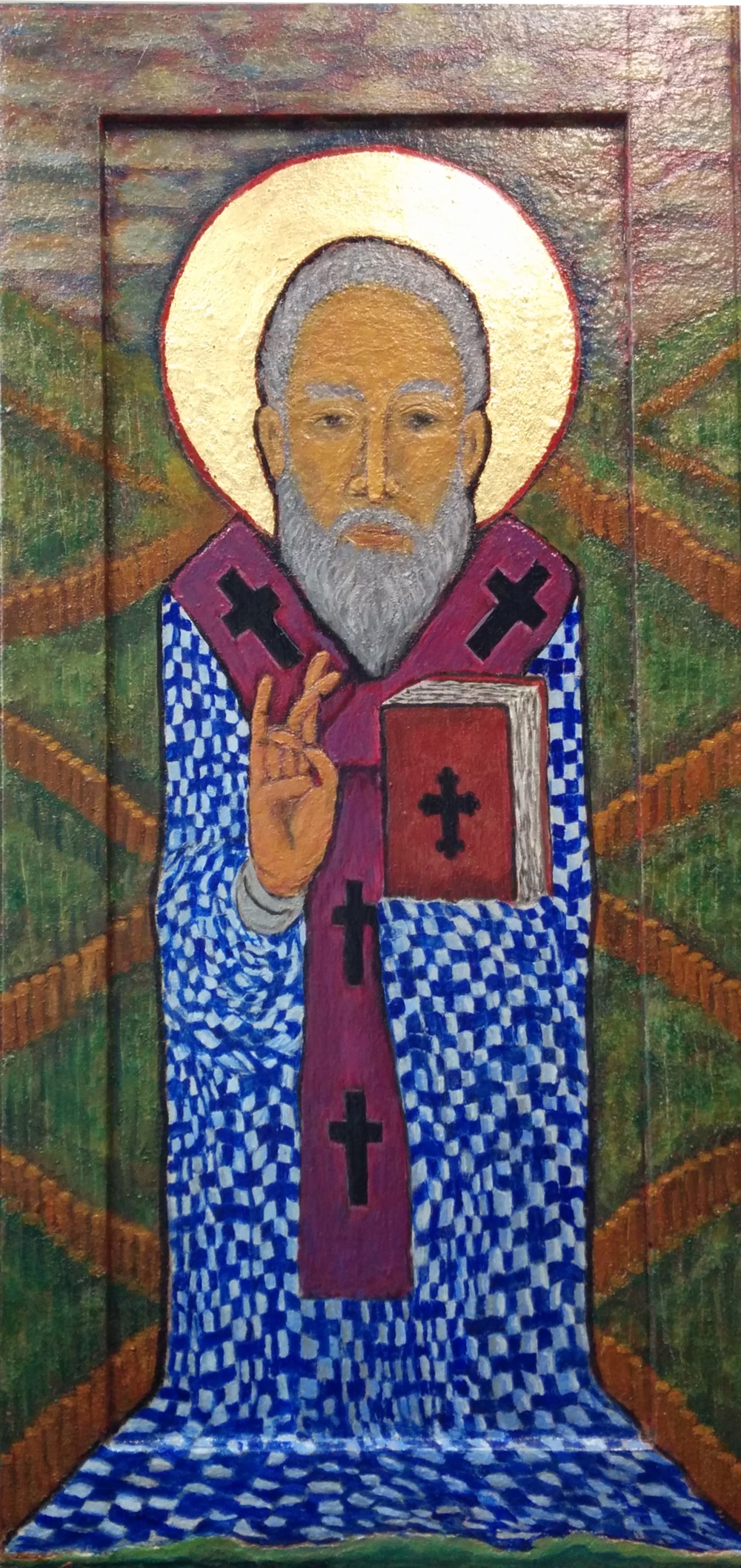e-Public History Presented: Project Y-150 YEG-GA
An extension of the Homeglen School of One Global Art Project, Project Y150 YEG-GA is a collaborative e-Public History endeavour which documents the "everyday" experiences, contributions and active agency of women. First conceived in Fall 2015, this project utilizes the YEG-GA Carvings series and the Homeglen School of One Carving Vignettes advanced literacy program in order to provide multi-cultural, multi-generational and multi-dimensional perspectives into Canada and the way Canadian historical memories are intimately linked to the larger World. Canada's 150th anniversary serves as the marker for the production of YEG-GA Vignettes, and collaborators offer original insights into their personal journeys, further shaped by the trajectory of their Canadian recollections and their own heritage. The rich digital tapestry of YEG-GA Vignettes also features the collaborations of members of First Nations communities, Métis mothers and daughters, foreign visitors and workers, international students, as well as non-female participants who value their female partners and relatives, their female colleagues and friends, and, most importantly, their female ancestors.
The HSO Global Art Project
The Homeglen School of One Global Art Project is a visual archive comprised of digital portraits and corresponding narratives that chronicle the journeys and venues of diminutive sculptures produced in the North Saskatchewan River Valley.
Thus far, the small legion of digital portraits and associated narratives directed towards these modest monumental miniatures recall locales in and around Edmonton as well as South America, Mexico, the United States, Europe, Africa, Southeast Asia, East Asia, and Canada, coast-to-coast.
Studies in Iconography
The icons of School of One resulted from an original comparative reading of extant images, oral traditions, and text from select cultures and societies in Eurasia and Byzantium. This interpretive process and research agenda was also geared towards understanding such concepts as “layering” and different insights into “the meaning of light.” Significant experimentation invariably led to some startling results and a new form of egg tempera paint, one that also utilizes natural oxidation to contend with the complexities of the spectrum. The works are also characterized by no shortage of “upcycling” since “grindings and tailings” from School of One carvings are also used for pigment and the icons are painted on wood cupboard doors recovered from demolished buildings.
To commission or acquire an icon, please contact the Homeglen School of One.
Carving Commissions
Carvings from the Homeglen School of One are predicated by a comparative reading of the meaning of light from a distinctly Albertan perspective. This approach originated in the promotion of critical thinking through the advanced study of extant Mesoamerican knowledge articulated in original historical sources and the archaeological record. Corresponding scholarly pursuits led to creation of the Homeglen School of One and pieces of art conceived from the original interpretation of select Pre-Columbian American, Byzantine, Asian, Eurasian, and Southern European notions regarding the movement, composition and architecture of light. School sculptures should be held, pondered, and frequently moved. Meanwhile, the accompanying explanatory narrative recalls the experience of the Western Canadian vernacular landscape and is also intended to prompt new perspectives in support of leading research agendas spanning the curriculum. Carvings are conceived in Rossdale, a historic locale and customary entrepôt neatly nested in the North Saskatchewan River Valley.
The Albertan perspective articulated in the carvings ultimately explains their extremely unique character and content. Furthermore, the comparative interpretation of the decidedly “non-Western” historical and cultural concepts marshaled during the creation of each piece contests lingering Euro and Anglo-centric attitudes towards “scientific” and cultural supremacy in addition to challenging the banality of metropolitan superiority. This innovative approach to the works helps avoid the pitfalls of imitation, appropriation and “colonization” of different cultures, past and present. The carvings, which range in size from large pieces to small works easily carried on journeys, “spin, wobble and rock”. Thus, the pieces are prone to individual interaction and help create solitary spaces for reflection. Each carving is given its own title and explanation. Following some fundamental principles of scholarly convention and interpretation, the original narrative associated with each piece provides references to the comparative cultural and historical concepts drawn from different societies pondered during the production process.
To commission or acquire a carving, please contact the Homeglen School of One.





